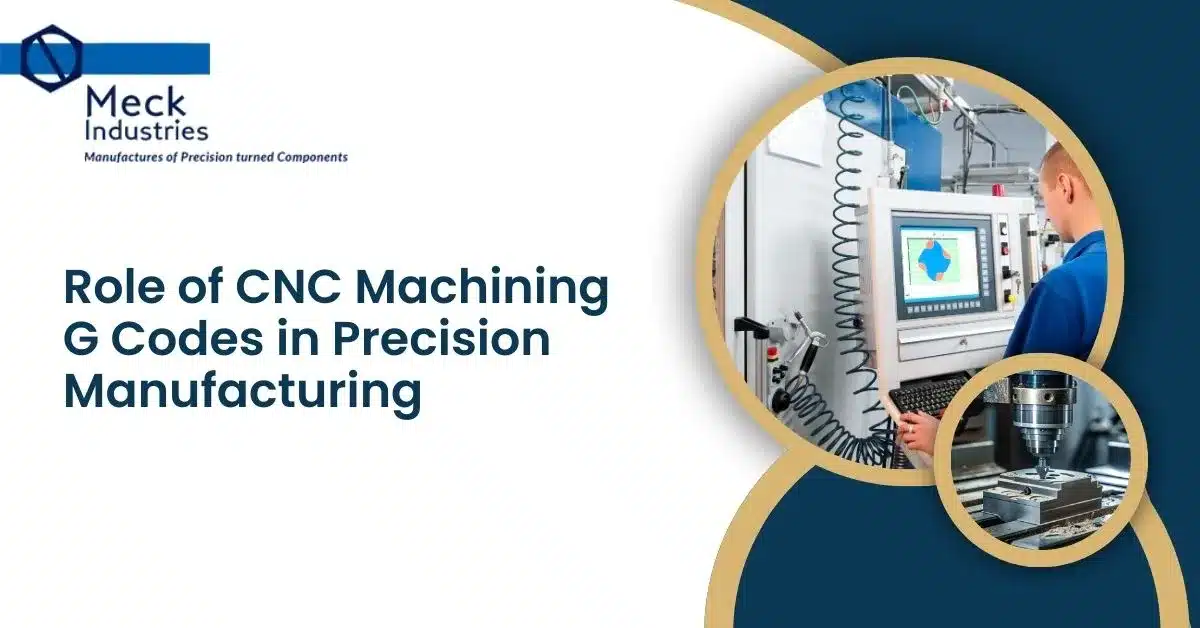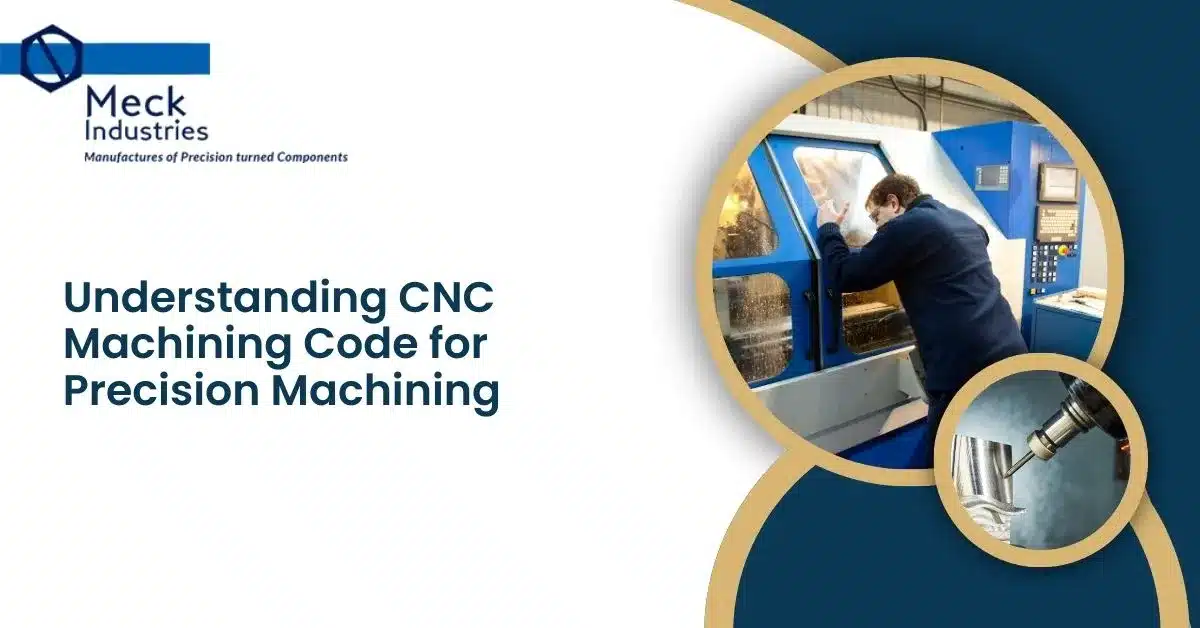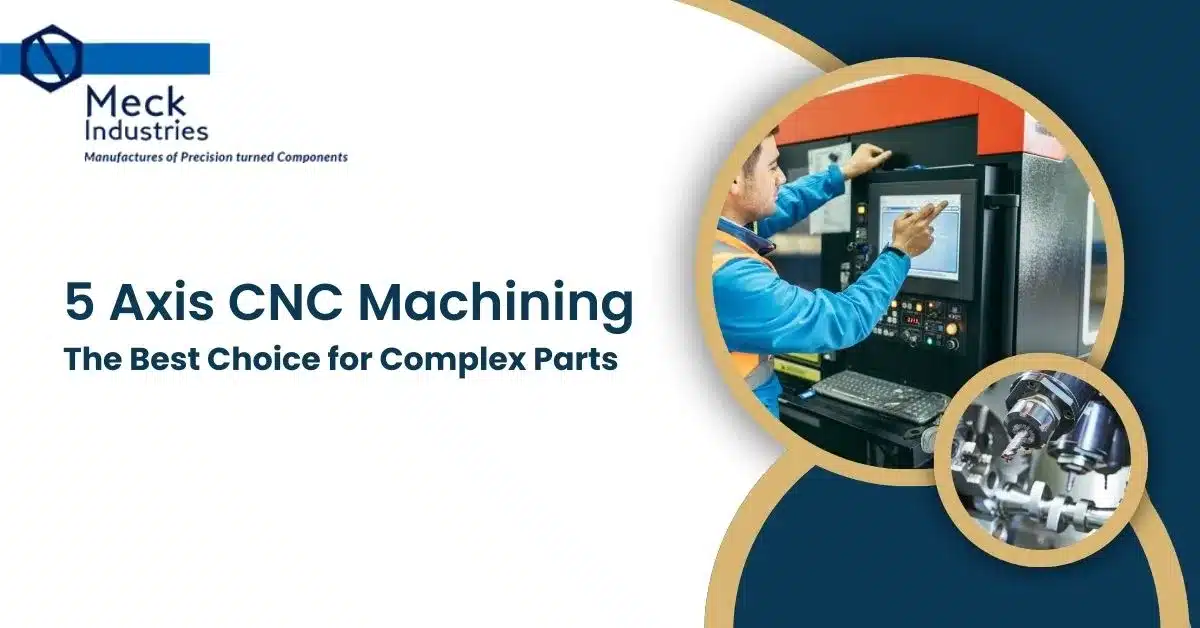
In the world of precision manufacturing, Computer Numerical Control (CNC) machining plays a pivotal role — enabling automated, accurate, and repeatable production of CNC machine parts. At the heart of CNC operations lies a critical yet often overlooked component: G-codes.
These alphanumeric commands act as the universal language between the CNC machine and the computer, dictating every motion, speed, and action with surgical precision. Understanding G-codes is essential for engineers, machinists, and manufacturers striving for accuracy, consistency, and efficiency in today’s competitive industrial landscape.
What Are G-Codes in CNC Machining?
G-codes, short for “Geometric codes,” are instructions programmed into CNC machines to control the movement of the machine’s tools. These codes tell the machine what to do — such as move, drill, cut, or change speed — all with exact coordinates and timing.
Key Functions of G-Codes in Precision Manufacturing
1. Exact Control Over Tool Paths
G-codes allow micron-level control over tool movements, ensuring each cut is made precisely as per the design. This level of accuracy is vital for producing complex and high-tolerance CNC machine parts, especially in industries like aerospace, automotive, and medical manufacturing.
2. Automation and Repeatability
Once programmed, G-codes automate the manufacturing process, enabling mass production of identical CNC machine parts without manual intervention. This reduces variability and ensures product quality.
3. Optimized Tool Performance
G-codes also help in managing tool wear and performance by specifying speed, feed rate, and depth of cut. This leads to longer tool life and consistent part quality.
4. Efficient Material Usage
With exact coordinates and motion control, G-codes ensure minimal material wastage — an important factor in industries dealing with expensive materials and intricate CNC machine parts.
Common G-Codes and Their Purpose
| G-Code | Function |
| G00 | Rapid positioning |
| G01 | Linear interpolation (cutting) |
| G02 | Circular interpolation (CW) |
| G03 | Circular interpolation (CCW) |
| G28 | Return to machine zero |
| G90 | Absolute programming |
| G91 | Incremental programming |
Each of these G-codes plays a role in defining how CNC machine parts are shaped, ensuring that even the most complex geometries are executed flawlessly.
Why G-Codes Matter for CNC Machine Parts Manufacturing
G-codes are more than just code—they’re the foundation of precision and productivity. For manufacturers, mastering G-code programming is critical to:
- Reducing production errors
- Improving machining efficiency
- Ensuring consistency across batches
- Enhancing the quality of CNC machine parts
Conclusion
In precision manufacturing, every micron matters. G-codes are the digital instructions that bring complex designs to life with mechanical accuracy. From aerospace components to intricate medical devices, CNC machine parts rely on the precision that G-code-driven machining provides.
Whether you’re an OEM, subcontractor, or machinist, investing in G-code expertise ensures your CNC operations remain efficient, competitive, and future-ready.Top of Form



